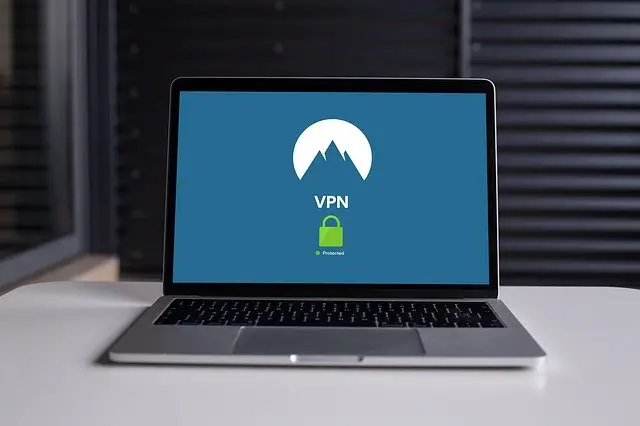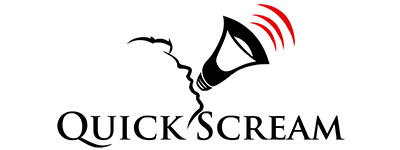Last updated on June 1st, 2024 at 03:36 pm
Having a remote workforce is not all about finding the top talents, increasing employees’ productivity, or reducing your operating cost. On the flip side, allowing your employees to work remotely can pose serious challenges to the cybersecurity of your remote team if you have implemented remote working in haste without having a robust security mechanism in place.
In fact, 85% of CISOs state that they sacrificed cybersecurity to adopt remote working in their companies quickly, finds Netwrix research.
However, no company can ignore cybersecurity in today’s time when cyberattacks are increasing rapidly. Netwrix research also reports that 25% of respondents had ransomware or other malware attacks since implementing remote working.
That said, you should efficiently manage your remote workforce to mitigate cyber threats. In this article, I’m going to explore six strategies to keep cyberattacks at bay.
Without further ado, let’s dive in:
How to Boost Cybersecurity of Your Remote Team

The following tips will help you strengthen cybersecurity of your remote team.
1- Acquire Right Remote Working Tools
Needless to say, you have to invest in remote working tools and software applications to enable your employees to work from home. A few standard remote working tools include, but not limited to, Slack, Zoom, Asana, Zapier, etc.
Reputed companies offering remote working tools invest hugely to make their tools safe. And they are quick to respond to any patch or vulnerability. So, it is reasonable to say that you should adopt only the top-notch remote working tools in your organization.
Also, you should make sure that your remote team quickly and timely do the patching/updating of software applications they are using.
If you have adopted the bring your own device (BYOD) policy, encourage your employee not to install any suspicious software application.
2- Install a Comprehensive Antivirus Program
According to a report from RiskBased Security, there were 2,953 publicly reported breaches in the first three quarters of 2020. Be it small or big, a data breach can cost you dearly.
One of the essential security tips to protect your remote team from cyber threats is to use a comprehensive antivirus program in your organization.
A powerful antivirus suite can protect you from:
- Malware, spyware, and viruses
- Trojans and worms
- Phishing scams
- Zero-day attacks (viruses taking advantage of security flaws before they are patched)
A good antivirus program will protect you from currently known threats and update itself automatically to fend off any future threats.
So choose a comprehensive antivirus suite from a reputed vendor to strengthen the cybersecurity of your remote team. Leading antivirus programs are McAfee, Kaspersky, Trend Micro, etc.
3- Implement Two-factor Authentication
If you’re under the impression that your remote team is safe from cyber threats just because you have a strong password policy in practice, you’re mistaken.
Now, hackers employ various methods, such as pharming, phishing, and keylogging to steal passwords. So having solid passwords only will not make the cut. You have to implement an added security layer to protect your work devices.
Two-factor authentication (2FA) adds an extra step between supplying passwords and accessing accounts. With this additional layer of security, it becomes much more challenging for hackers to break into your work devices.
The second piece of information can be a PIN sent to your employees’ mobile phones, or perhaps an answer to a secret question.
To further enhance the security of your data, you can opt for a multi-factor authentication factor that can require users to verify biometric features like retina, voice, or fingerprint. This type of authentication is more complex and requires you to shell out more money to implement it. But considering the security multi-factor authentication offers, the investment you make is worth it.
4- Use a Virtual Private Network

Remote working allows employees to work from any location. Using a reputed virtual private network (VPN) can enable your business to protect your data from hacking.
A VPN builds a secure tunnel between your remote employees and your company’s server. When your remote workers access your business data through a virtual private network, it encrypts the information. This simply means the encrypted data will look like gibberish to anyone if he/she is able to intercept it, making it almost impossible for the hacker to decipher the data.
How are business VPNs different from consumer VPNs?
Both VPNs work similarly as they create an encrypted tunnel, but the difference lies in how they are used. A business VPN allows its employees to connect with the company’s internal network. And a consumer VPN enables users to choose a server from its list of servers to interact with the public internet on behalf of the users.
Reputed business VPNs include but are not limited to Perimeter 81, NordVPN Teams, Encrypt.me, VyprVPN, etc.
Also Read: Are Hotspots a Secure Form of Wi-Fi?
5- Establish a Data Protection Policy
The first step to creating robust security against cyberattacks is to have a strong data protection policy in your organization. Create a written document about data protection policy and distribute it among your remote workers. Doing so will make employees understand that data security is something that they need to be serious about.
Here are some key points that your data protection policy should include:
- Reasons for having the data protection policy in place
- Detailed outlines of different security protocols that your remote employee must follow
- Tools and resources your company is offering to your remote team in order to help team members comply with security protocols
You should work towards making everyone in your company accountable for protecting the company’s data. Only then you can rest assured that you have a strong defense against cyber threats.
6- Train Your Remote Team
No organization can boast of its cybersecurity unless its employees are equipped enough to keep data safe. With the cyber threat landscape continuously changing, you cannot rest once remote employees have read and signed the data protection document.
Training your remote team from time to time on the best cybersecurity practices goes a long way. Also, you can hire a third-party security executive to check your remote team’s preparedness for a data breach or phishing attack.
Any weak link can jeopardize the entire security of your organization. So make sure all of your remote employees participate in cybersecurity training exercises.
Final thoughts,
Amid the ongoing pandemic, most companies are voluntarily or mandatorily allowing their employees to work remotely. But adopting remote working without addressing possible cyber threats can do more harm than any good to your business.
Having the right remote working tools, installing a comprehensive antivirus, implementing two-factor authentication, using a business VPN, establishing a data protection policy, and training your remote workers on the best cybersecurity policies can help you ward off cyber threats to a great extent.
What about you? Do you want to share any other tips to protect a remote team from cyber threats? Please leave it in the communication section.
Liked this article? You will love diving into How Small Businesses Can Leverage LinkedIn (Infographic).
Also Read:

